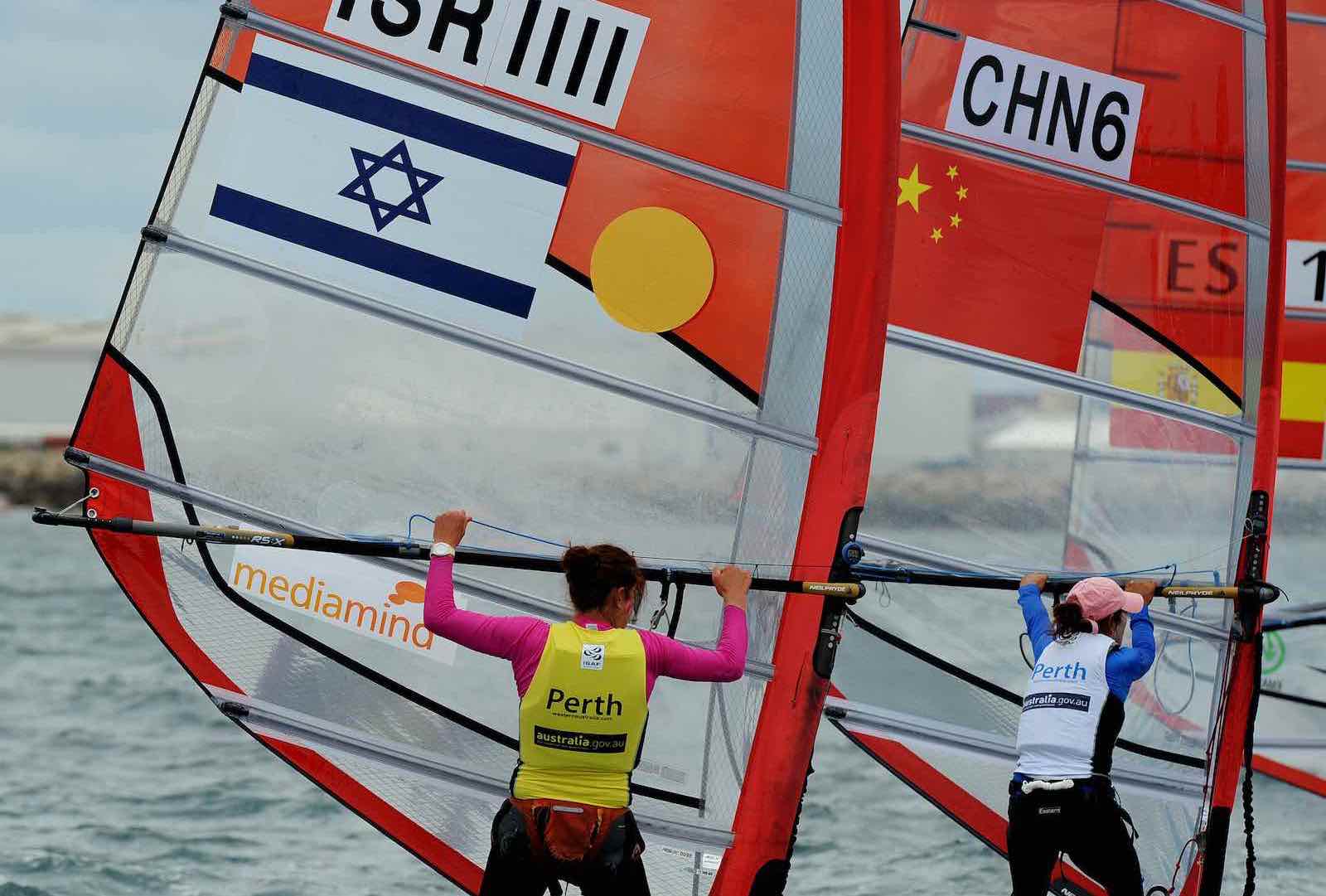In a changing strategic landscape, likeminded countries have the chance to identify and grasp new opportunities.
The rise of Asia and growing superpower competition pose serious challenges for countries such as Australia and Israel, and they should face them together. On the one hand, Asia’s economic dynamism offers access to new and growing markets; on the other hand, changing regional dynamics in Asia have led to an increasingly complex strategic outlook. These developments make real and active cooperation between Australia and Israel more important than ever.
Australia and Israel have enjoyed a close bilateral relationship despite the geographic distance, but Asia has not been a focus. The state visit by Israeli President Reuven Rivlin to Australia this week presents an opportunity to broaden the Australia-Israel relationship in ways that can be useful to both countries.
Like Australia, Israel views the US as its closest and most important strategic ally. But today, both countries are facing an unfamiliar challenge, not only having to deal with the implications of China’s rise to superpower status and its growing economic clout, but also with a United States that is less predictable. Added to this is a growing sense of strategic rivalry between the US and China.
China has become substantially more active in the Middle East in recent years, particularly through the Belt and Road Initiative. China’s economic engagement with Israel has grown considerably, including Chinese investments in strategic infrastructure and technology. China has also become more active in promoting Chinese culture and soft power in Israel.
Read the article by Gedaliah Afterman in The Interpreter.

